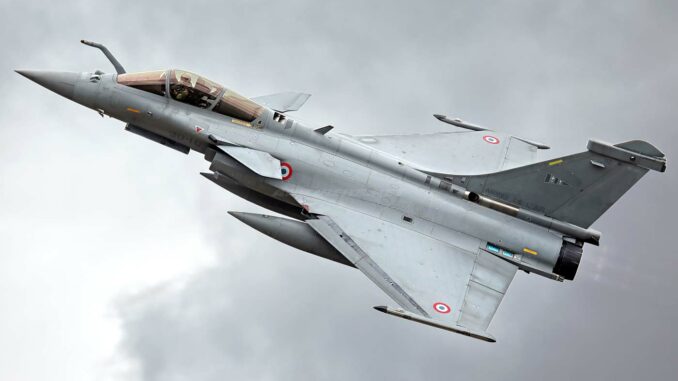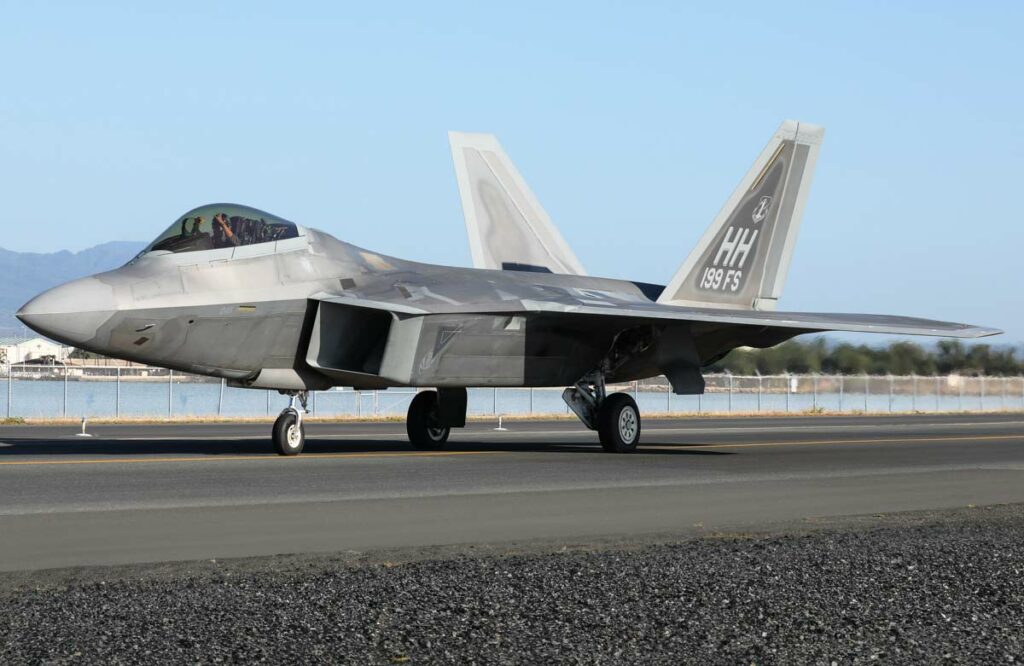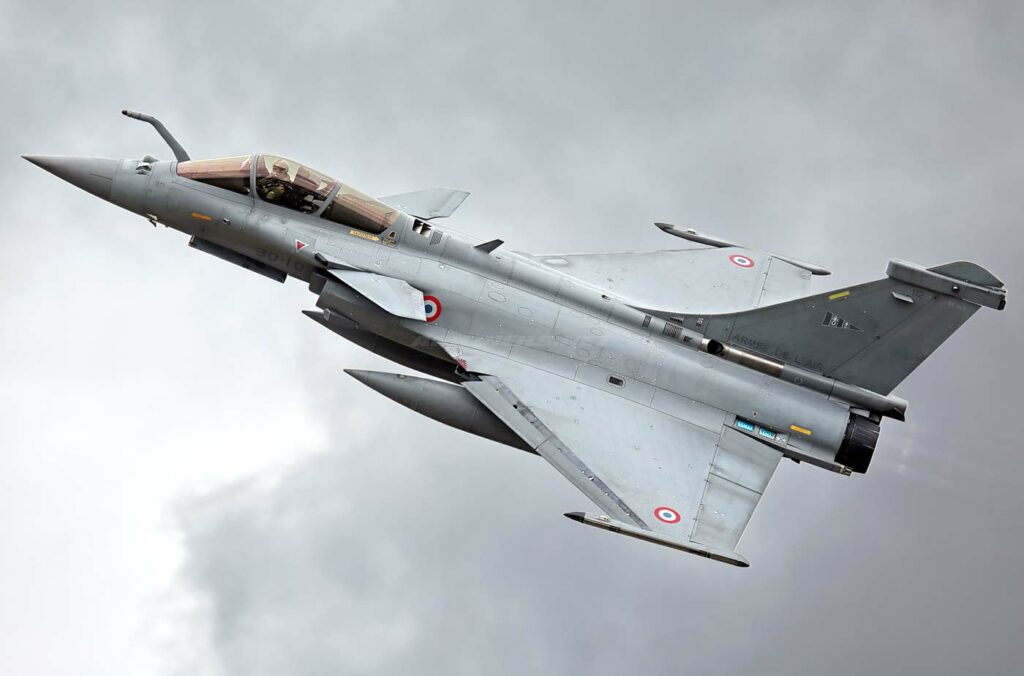
The maintenance of a fighter jet represents a significant proportion of its total cost of ownership, encompassing purchase, operation, maintenance, and possibly upgrading and decommissioning. These costs can vary greatly depending on the type of aircraft, its age, its use (training, operational missions), and the maintenance policies adopted by the air force. Let’s look at these aspects in detail, using examples to illustrate the points.

Costs vary according to type and use
Modern fighter aircraft, such as the F-35 Lightning II, the F-22 Raptor (USA), the Rafale (France), or the Su-57 (Russia), have maintenance costs that can vary considerably. These costs include preventive maintenance (regular inspections, replacement of parts according to flight hours), corrective maintenance (repairs following breakdowns or damage), and upgrading of weapons and avionics systems.
Numerical examples
F-35 Lightning II: According to reports from the US Government Accountability Office (GAO), the cost of maintaining the F-35 is estimated at around $44,000 per flight hour in 2020. The goal is to reduce this cost to $25,000 by 2025 through various efficiency measures.
Rafale: The cost per flight hour for a Rafale is reported to be around 16,500 euros. This figure includes maintenance and fuel costs, but varies according to the aircraft’s use.
F-16 Fighting Falcon: An older but widely used aircraft, has a lower maintenance cost, at around $8,000 to $15,000 per flight hour, depending on versions and upgrades.
Factors influencing maintenance costs
- On-board technology: Latest-generation aircraft, with advanced stealth, avionics and weapons systems, tend to have higher maintenance costs due to the complexity of these systems.
- Maintenance programs: Predictive maintenance approaches, using data and analysis to anticipate repair needs before problems arise, can reduce long-term costs despite a high initial investment.
- Spare parts and logistics: Access to spare parts and supply chain efficiency are crucial to minimizing downtime and associated costs.
- Training and manpower: Technician and pilot training, as well as manpower costs, vary from country to country, and have a direct impact on maintenance costs.
Maintaining a fighter aircraft is a complex and costly process, influenced by a multitude of factors. Costs can vary considerably from one model to another, and evolve over time in line with technological advances and improvements in maintenance practices. Effective management of these costs is crucial for air forces to maintain their operational capability while controlling expenditure.

War Wings Daily is an independant magazine.